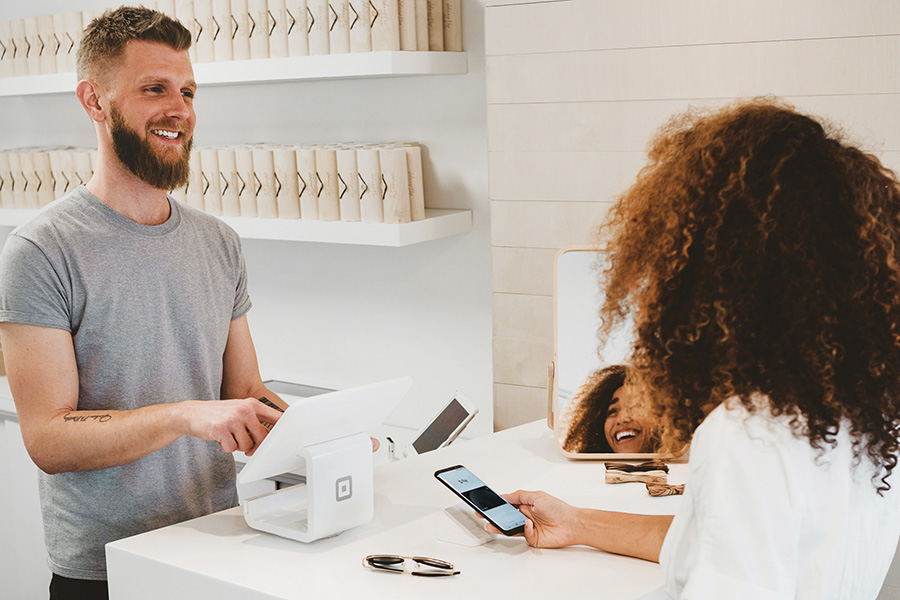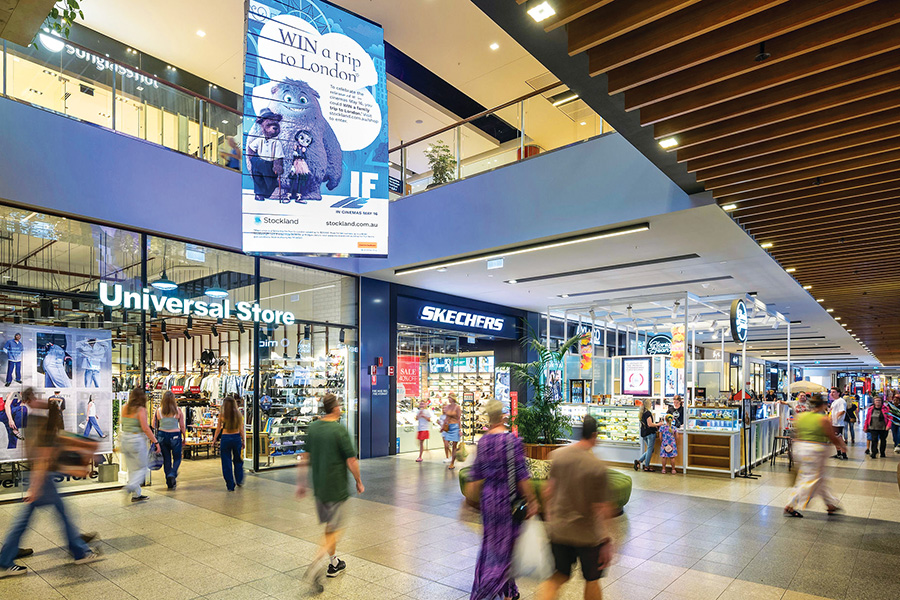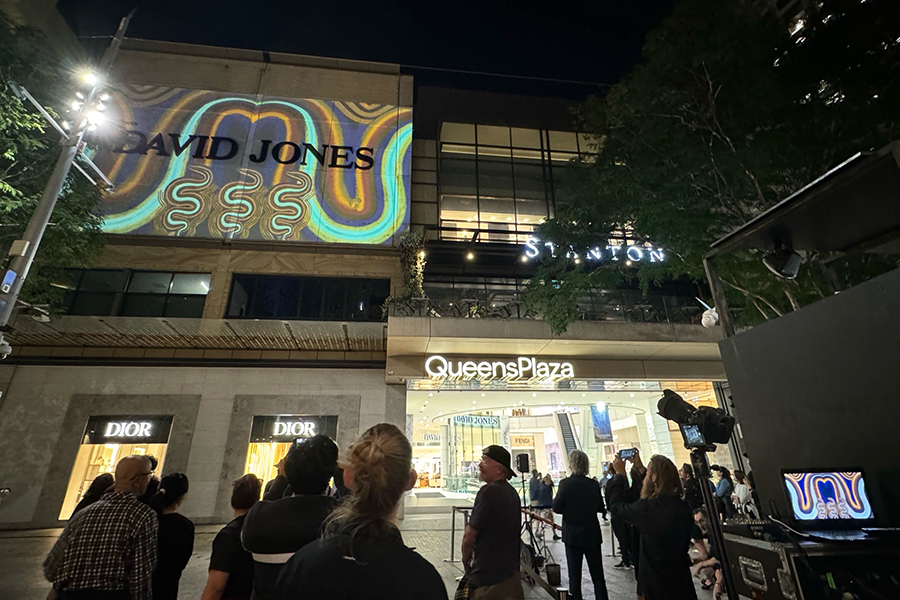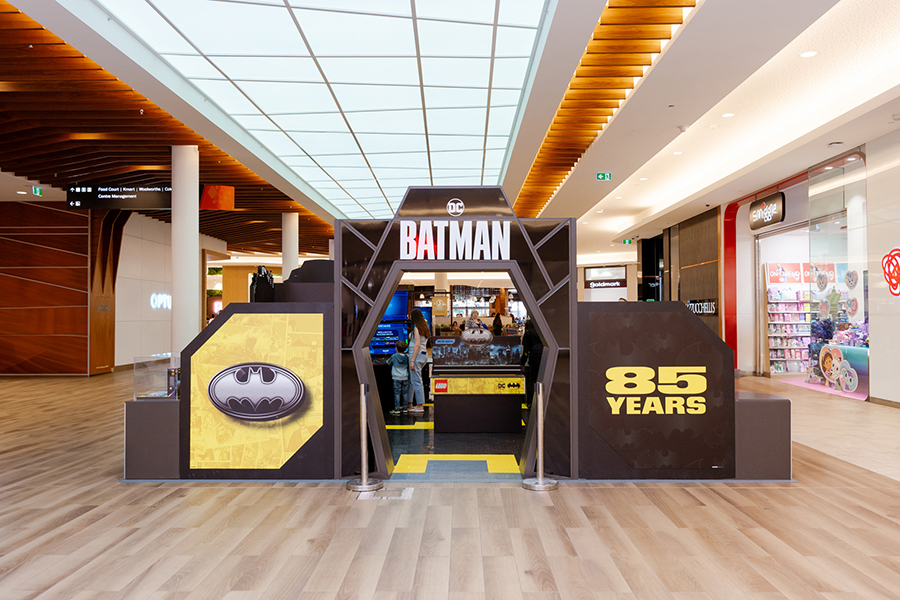Another acronym to get your head around, but what does C2C actually mean, how can it benefit retail and what are the practical steps a retailer needs to take to implement it? Whatever the answer is, the shopping centre marketing manager has a role to play!
The headlines globally are telling a grim story; there are profit warnings, high inflation rates and low consumer confidence. After two years of turmoil and finally a feeling of stability, retail is again up for more uncertainty. All balls have been thrown back in the air with the current price rises, and it’s a guessing game to see who will be the winners and survivors this time around.
Customers are also growing increasingly afraid of making the wrong decision at the wrong price.
This prompts customers to shop around, conducting research in order to find the highest quality product at the lowest price. At the same time, they are becoming even more indecisive about discretionary spending.
On average, there are more than two million searches for ‘discount codes’ per month.
We can already see a shift in customer behaviour online in direct response to the current environment. Conversion rates are dropping, while enquiries for ‘near me’ and ‘find in store’ are increasing as customers want more proof that whatever you have is the right product or service for them.
For retail businesses to survive in this environment, they must ensure they grow and nurture a strong connection with the customer and their journey, and this requires education. Retailers, especially the smaller independents, are not digitally native and tend to confine customers to silos. They either provide a physical experience or a digital experience and have deep skill sets in each area but connecting the dots is often a challenge for retailers.
In times of uncertainty, customers need and want a fully connected experience that will decrease and ultimately remove resistance to purchase.

The next 12 months will see retailers further investing in their technology in order to deliver on the C2C promise
When you think about your own customer journey, typically you start on Google, you see something on Instagram, you see it again in your feed or in an ad on a news website that reminds you that you need it.
You then go to a shopping centre and experience a moment of memory recall while walking past the store. Next, you step inside the store and hopefully purchase the item. There could have been ten to 15 touchpoints prior to purchase, and these important interactions provide a complete picture of the average customer experience with a retail business.
This nonlinear journey with multiple touchpoints is where the connected customer opportunity presents itself. However, connecting customers to instore, online and wherever they are, requires a change in mindset.
As Cue CIO Shane Lenton says: “You need to give every product every opportunity to sell.”
Although many journeys start online, the statistics show us where the barriers or resistance the lowest, with in-store conversion at 30 to 40%, compared to online, which converts at 2% and Facebook ads only 0.7%. It is clear that customers want and need a physical experience but will start their journey online.
That doesn’t mean we should shut down ads, but it does mean we need to focus on connecting the customer to the journey they want and need.
Shopify’s CEO recently coined this as C2C, or Connect to Consumer.
Shopify has recently released a number of updates that connect the digital journey to the physical journey, including facilitating in-store payments and allowing inventory to be exposed to the customer wherever they are.
This investment clearly shows how important it is for Shopify to connect the whole journey and develop a deeper bond with customers.

Kelly Slessor is an ecommerce coach and a digital marketing expert
Connecting the whole journey
During the past couple of years, as technology has become more accessible and affordable, retailers have invested in technology platforms. In fact, more than 55% of retailers in shopping centres now have the technology capable of delivering connected experiences to customers.
The next 12 months will see retailers further investing in their technology in order to deliver on the C2C promise.
Connect to product
Roughly three in ten Australian shoppers now use Click & Collect. Nearly four in ten Australian shoppers who use Click & Collect buy more from those stores when they do, while 69% more Australian eCommerce shoppers picked up online orders in-store in 2021. Brauz, a local omnichannel solution provider, shows an average order increase of 13% when customers find a product online and then go in-store. Exposing in-store inventory online to customers drives sales.
Connect to store
Local search delivers more than four billion connections to local businesses every month. It is the place where most shoppers start their journey; think of it as the digital shop front, recently coined as ‘digital bricks’. It is the most significant source of organic traffic for shopping centres, retailers and hospitality businesses. Yet less than 15% of retailers actively maintain and optimise their Google Business page, and it is often disconnected from the in-store product without multiple clicks and time spent researching. However, with an optimised Google Business page connected to product, customers are:
- 2.7 times more likely to be considered reputable
- 70% more likely to attract location visits
- 50% more likely to drive a purchase.
Connect to shopping centre
Searches for shopping centres have grown globally by more than 100% year-on-year, and searches for store opening times have increased by 400%. Yet the journey from shopping centre to the retailer is still extremely disconnected.
Shopping centres need to educate retailers and provide connected experiences working closely with their retailers to do so; whether they become an integral part of the ecommerce experience or just enable a connected experience is still to be decided and there are many commercial factors to consider. Regardless, education is key.
If customers are searching online for shopping centres, store opening times, near me and find in store, then the opportunity to connect each of these dots and make them one seamless experience is going to transform the shopping experience.
Connect to consumer
True connection first requires an understanding of who the consumer is, merging shopping centre data, retailer data, and third-party data will provide deeper insights into the customer and an environment where all three can respond to customers’ individual needs.
Moving away from the need to own the customer and towards sharing knowledge and data to provide a connected experience will enable better tactical marketing decisions and provide a hyper-local and real-time view of growth pockets.
This article by Kelly Slessor, Founder and CEO of Shop You, was first published in SCN Vol. 40. No. 3 (July/August edition).





















